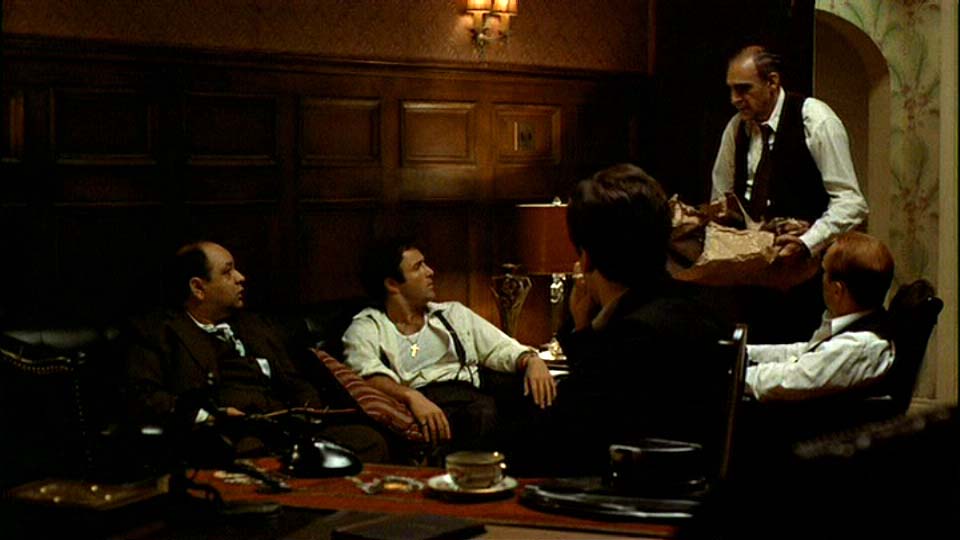Starpulse.com reports that Mike Myers realized he was ill on his way to his Love Guru premiere in Australia earlier this month and had to stop at a number of restaurants to use restrooms before he actually got to the premiere.
 "In Australia, when you go into a drug store you actually have to talk to the pharmacist…I was looking around and I was, like, ‘Hi!’ ‘Hello, you’re Mike Myers, how are you? What can I do for you?’ (I said) ‘I’d like Pepto-Bismol please.’ ‘We don’t know what that is…What is it exactly, Mike?’ I was like, ‘It’s for tummy trouble.’"
"In Australia, when you go into a drug store you actually have to talk to the pharmacist…I was looking around and I was, like, ‘Hi!’ ‘Hello, you’re Mike Myers, how are you? What can I do for you?’ (I said) ‘I’d like Pepto-Bismol please.’ ‘We don’t know what that is…What is it exactly, Mike?’ I was like, ‘It’s for tummy trouble.’"
But the confused Aussie staffmember at the pharmacy needed him to be more specific, prompting a desperate Myers to reveal he was suffering from diarrhea.
He adds, "(They said) ‘How very interesting, you’re a superstar with diarrhea.’ I’m like, ‘Hmmm, don’t feel like a superstar right now.’"
No indication if the cause was food or water related, but hey, Mike, we’ve all been there. Not messing around on a bed with Madonna or cavorting with Beyonce, but we’ve all had the runs.
Best Mike Myers role? So many good lines and characters from the Toronto-area funny man, but the best is the Don Cherry-inspired hockey announcer on the vastly underrated Russell Crowe vehicle, Mystery, Alaska.
And that’s Dr. Evil to you. I didn’t spend all those years at Evil University to be Mr. Evil.



 A study by the Australian Institute of Criminology warns that thieves – including bikie gangs – are exploiting national parks in New South Wales by using illegal divers and families using the guise of indigenous hunting.
A study by the Australian Institute of Criminology warns that thieves – including bikie gangs – are exploiting national parks in New South Wales by using illegal divers and families using the guise of indigenous hunting. 
 The Grand Car Wash in Hoppers Crossing has been closed for disinfecting and plumbing works while an investigation into the outbreak continues.
The Grand Car Wash in Hoppers Crossing has been closed for disinfecting and plumbing works while an investigation into the outbreak continues. He believes the discovery is a world first and has handed the egg shell over to health authorities who will look for the presence of bacteria in the yolk and try to work out how the gecko got into the egg.
He believes the discovery is a world first and has handed the egg shell over to health authorities who will look for the presence of bacteria in the yolk and try to work out how the gecko got into the egg.
.jpg) What’s your top-5 food safety myths?
What’s your top-5 food safety myths? Inspector Dean Lindley of Hornsby police told Westmead Coroners Court yesterday that an investigation by the NSW Food Authority discovered Bacillus cereus in an asparagus cream sauce served to Hodgins and 14 other customers that night who had ordered the fish of the day, snapper.
Inspector Dean Lindley of Hornsby police told Westmead Coroners Court yesterday that an investigation by the NSW Food Authority discovered Bacillus cereus in an asparagus cream sauce served to Hodgins and 14 other customers that night who had ordered the fish of the day, snapper. "The sauce had subsequently been analysed by the Division of Analytical Laboratories and had been found to contain the pathogen Bacillus cereus at a level of 9.8 million parts … Mr Biffin informed me that the toxic level of this pathogen is 1 million parts … Biffin further stated that in his experience this pathogen thrives in an environment where the food is heated and cooled over a period of time. During the course of the investigation I came to the opinion that the deceased William Hodgins had eaten the asparagus sauce. The sauce at the time of consumption was contaminated by the pathogen Bacillus cereus after having been repeatedly subjected to temperature abuse in that it was heated and cooled a number of times over 48 hours by restaurant staff."
"The sauce had subsequently been analysed by the Division of Analytical Laboratories and had been found to contain the pathogen Bacillus cereus at a level of 9.8 million parts … Mr Biffin informed me that the toxic level of this pathogen is 1 million parts … Biffin further stated that in his experience this pathogen thrives in an environment where the food is heated and cooled over a period of time. During the course of the investigation I came to the opinion that the deceased William Hodgins had eaten the asparagus sauce. The sauce at the time of consumption was contaminated by the pathogen Bacillus cereus after having been repeatedly subjected to temperature abuse in that it was heated and cooled a number of times over 48 hours by restaurant staff." Five people were taken to hospital and one had to be admitted after becoming violently ill at the You Yangs site.
Five people were taken to hospital and one had to be admitted after becoming violently ill at the You Yangs site. When Britain got freedom of information laws three years ago, one of the first decisions by the information commissioner was to rule that results of restaurant inspections carried out by public servants were public information. He said what’s obvious to most people: it is in the public interest for people to know what inspectors found.
When Britain got freedom of information laws three years ago, one of the first decisions by the information commissioner was to rule that results of restaurant inspections carried out by public servants were public information. He said what’s obvious to most people: it is in the public interest for people to know what inspectors found. The man had lunch at Venus with his wife where he ate a prawn and asparagus baguette with aioli dressing before being sick.
The man had lunch at Venus with his wife where he ate a prawn and asparagus baguette with aioli dressing before being sick.